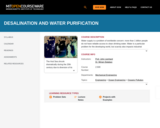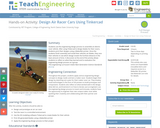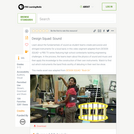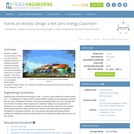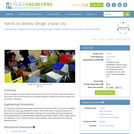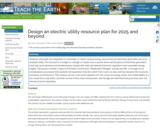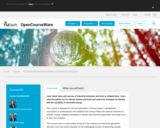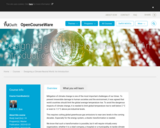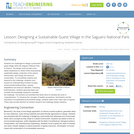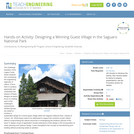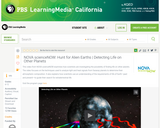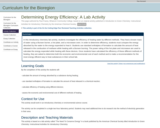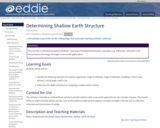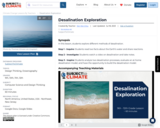
SYNOPSIS: In this lesson, students explore different methods of desalination.
SCIENTIST NOTES: This lesson teaches students about potable water scarcity and then explores desalination as a possible solution in water-stressed areas. Desalination technologies are introduced, and energy and environmental costs of desalination are discussed. A video resource explores a novel desalination technology, the Solar Dome, being built in Saudi Arabia. Students are tasked with designing and building their own solar still, and opportunity is given for design optimization. This lesson is recommended for teaching.
POSITIVES:
-This lesson can be multidisciplinary and can be completed in engineering, computer science, digital art, English or science classes.
-Students and teachers are given voice and multiple areas of choice in this lesson.
-Students become agents of change in their own communities, identifying problems and solutions.
-Students and teachers can make this conceptual, practical, or hands-on.
-This lesson can be spread out over several days and be considered a mini-unit.
ADDITIONAL PREREQUISITES:
-Students should be familiar with the basics of climate change.
-Students should be familiar with the basic scientific concepts of osmosis.
-Students should be familiar with basic engineering concepts like scaling and design.
DIFFERENTIATION:
-Students can work independently or in a group with adjusted requirements.
-Teachers can use subject and grade level vocabulary already being worked on or learned in class. Teachers can add vocabulary words in the glossary slide of the Teacher Slideshow.
-To further develop practical science or engineering skills, students can work together to create and implement a workable desalination solution at the school, home, or community level. Students can lead a workshop for family, an environmental club, or the community.
-Some students may wish to communicate their advocacy via social media. Make sure to follow all school rules and monitor students’ progress if you allow this in the classroom.
- Subject:
- Applied Science
- Computer Science
- Material Type:
- Lesson Plan
- Provider:
- SubjectToClimate
- Author:
- Yen-Yen Chiu
- Date Added:
- 06/30/2023
